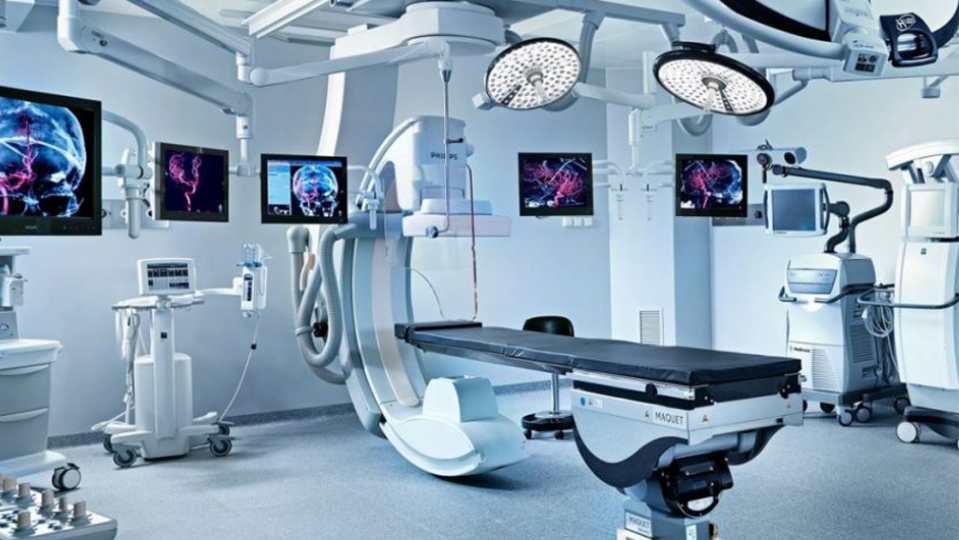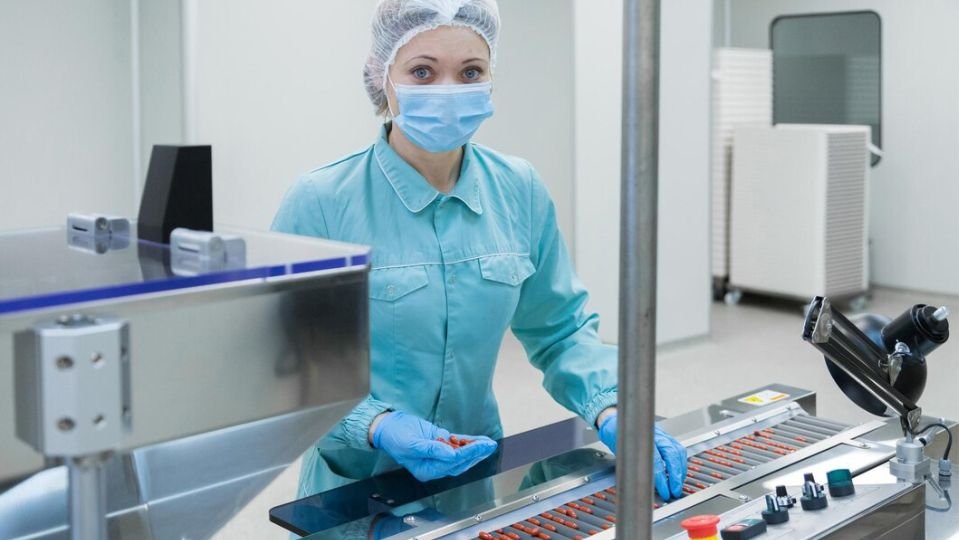Medical Equipment Market Trends What to Expect in the Next Five Years
The medical equipment industry is witnessing rapid transformations, driven by technological advancements, evolving healthcare needs, and the aftermath of global health crises. Over the next five years, we can expect several significant trends that will shape the future of this vital sector. In this blog, we’ll explore these trends and their implications, focusing particularly on the landscape in India. We’ll also highlight the role of Medical Equipment Manufacturers in India, the advancements in healthcare equipment, and specific innovations like DVT Pumps and DVT sleeves.
- Technological Advancements and Integration
The integration of cutting-edge technologies such as artificial intelligence (AI), machine learning (ML), and the Internet of Things (IoT) is set to revolutionize medical equipment. AI and ML are enhancing diagnostic accuracy, predictive analytics, and personalized treatment plans. IoT-enabled devices are improving real-time monitoring and patient data collection, making healthcare more efficient and responsive.
Healthcare equipment manufacturers in India are increasingly adopting these technologies to create sophisticated medical devices. The country’s burgeoning tech ecosystem provides a fertile ground for such innovations, positioning Indian manufacturers at the forefront of global medical technology advancements.
- Growth in Home Healthcare Devices
The demand for home healthcare devices is expected to surge, driven by an aging population, the rise of chronic diseases, and the need for cost-effective healthcare solutions. Home healthcare equipment allows patients to receive quality care in the comfort of their homes, reducing the burden on hospital infrastructure.
Medical Equipment Manufacturers in India are responding to this trend by developing a wide range of home healthcare devices, including portable diagnostic tools, telemedicine kits, and wearable health monitors. These innovations are making healthcare more accessible and affordable for a larger segment of the population.
- Focus on Portable and Wearable Devices
Portable and wearable medical devices are gaining traction due to their convenience and ability to provide continuous health monitoring. These devices, ranging from fitness trackers to advanced diagnostic tools, empower individuals to take proactive control of their health.
Healthcare equipment manufacturers in India are at the forefront of developing such devices. The focus is on creating cost-effective, high-quality products that can cater to both domestic and international markets. Innovations like portable ECG monitors, glucometers, wearable DVT pumps, and DVT sleeves exemplify this trend.
- Advancements in Diagnostic Equipment
Diagnostic equipment is evolving rapidly, with advancements in imaging technologies, lab-on-a-chip devices, and point-of-care testing. These innovations are enhancing the accuracy, speed, and accessibility of diagnostics, enabling early detection and better disease management.
In India, the push towards improved diagnostic equipment is strong. Medical Equipment Manufacturers in India are investing in research and development to create state-of-the-art diagnostic tools that meet global standards. This focus not only improves healthcare outcomes but also strengthens India’s position as a hub for medical technology innovation.
- Sustainable and Eco-Friendly Medical Equipment
Sustainability is becoming a key consideration in the medical equipment industry. Manufacturers are increasingly adopting eco-friendly practices and materials to reduce the environmental impact of their products. This trend is driven by regulatory pressures and a growing awareness of environmental issues.
Healthcare equipment manufacturers in India are embracing this shift by incorporating sustainable practices in their manufacturing processes. From using recyclable materials to reducing energy consumption, these initiatives are helping create a more sustainable future for the medical equipment industry.
- Increased Regulatory Scrutiny and Compliance
With the increasing complexity of medical devices, regulatory bodies are tightening their scrutiny to ensure safety and efficacy. This trend is leading to more stringent compliance requirements for manufacturers, impacting product development timelines and costs.
Medical Equipment Manufacturers in India are navigating these challenges by enhancing their compliance frameworks and investing in quality assurance. By adhering to global regulatory standards, Indian manufacturers are ensuring their products are competitive in international markets.
- Expansion of Telemedicine and Remote Monitoring
The COVID-19 pandemic has accelerated the adoption of telemedicine and remote monitoring, a trend that is expected to continue in the coming years. Telemedicine platforms and remote monitoring devices enable healthcare providers to deliver care to patients regardless of their location.
In India, the expansion of telemedicine is supported by advancements in healthcare equipment. Devices such as remote monitoring systems, teleconsultation kits, and portable diagnostic tools are being developed by innovative manufacturers to meet this growing demand.
The medical equipment industry is poised for significant growth and transformation in the next five years. Technological advancements, the rise of home healthcare, the focus on portable and wearable devices, and sustainable practices are some of the key trends shaping the future. Medical Equipment Manufacturers in India are playing a crucial role in this evolution, leveraging their expertise and innovation to meet global healthcare needs.
As the industry evolves, manufacturers and healthcare providers must stay abreast of these trends to remain competitive and deliver high-quality care. By embracing innovation and sustainability, the medical equipment sector can look forward to a future of enhanced healthcare outcomes and improved patient experiences.
The synergy between technology and healthcare is driving unprecedented progress, promising a healthier and more connected world.
Transform your operations with Codex Solution, a leading medical equipment manufacturer in India, offering cutting-edge sequential and intermittent DVT pumps. Elevate your healthcare standards with our innovative solutions, designed to enhance patient care and streamline your medical processes.
Contact Codex Solution today.
Need assistance or have inquiries about our products or services? Contact Codexgpo today for prompt and professional support.




